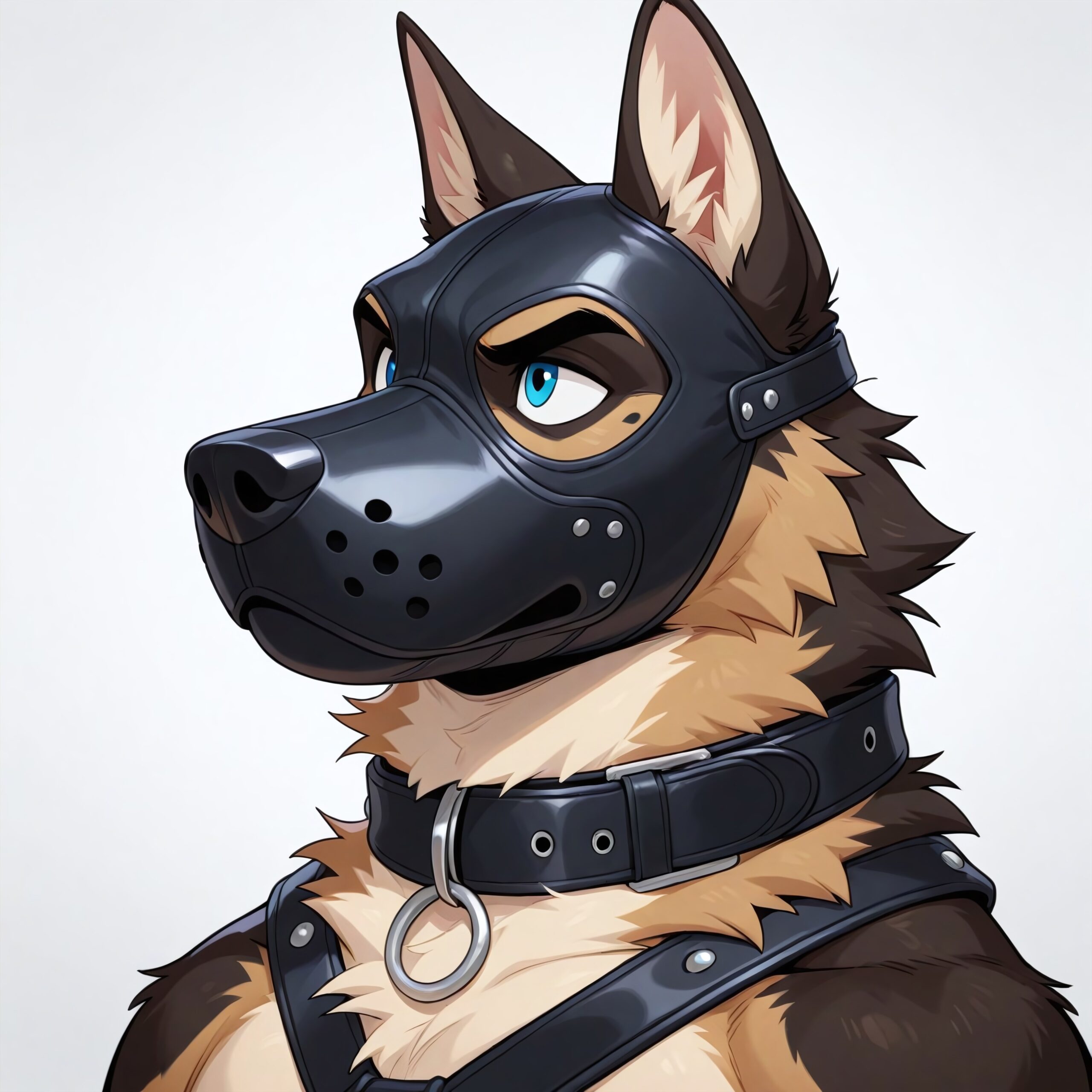Gender Identities
Explore Our Vision for an Inclusive and Vibrant Community
This section showcases our commitment to fostering understanding, inclusion, and empowerment. Learn about the values that inspire our efforts to celebrate gender diversity and create a welcoming space for everyone.



Abinariflux

Abinariflux is a unique and fluid gender identity that exists within the nonbinary spectrum. It encompasses a dynamic experience of gender, characterized by shifts and fluctuations between being abinary and other nonbinary identities. For some individuals, these shifts may occur consistently over time, while for others, the changes might happen more sporadically or unpredictably.
This identity highlights the diversity and complexity of gender experiences, allowing individuals to embrace the fluidity of their identity without being confined to a single label. People who identify as abinariflux may find comfort in the freedom it offers, as it provides a way to express their evolving sense of self authentically and without restriction.
Abinary

Abinary refers to individuals who do not identify strictly within the traditional binary gender categories of male or female. These individuals may view their gender as existing outside, between, or beyond the male-female binary framework. For some, this can mean identifying as a blend of genders, while for others, it could signify having no gender at all. Abinary individuals often challenge societal norms and expectations tied to gender roles, advocating for a more inclusive understanding of identity. Recognizing and respecting abinary identities is an important step toward fostering inclusivity and affirming diversity in all its forms.
Agender
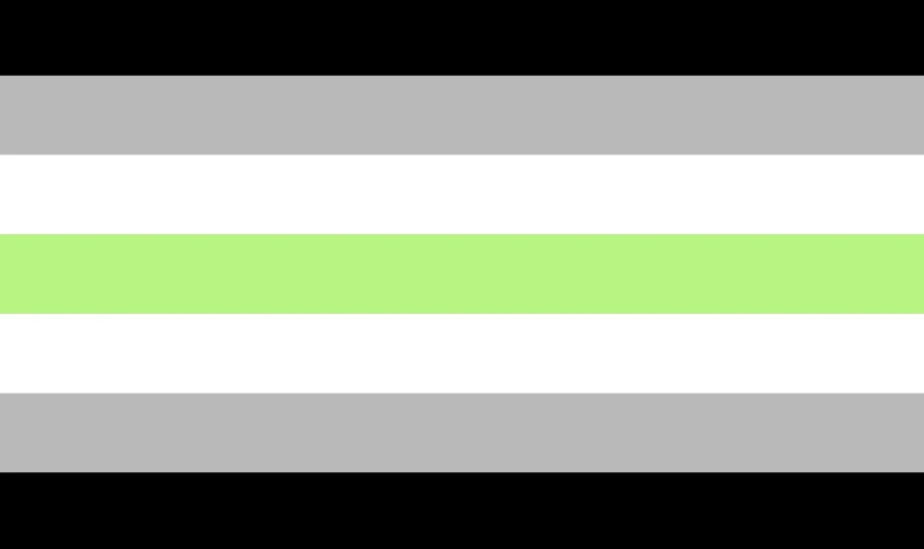
Agender refers to a gender identity that is defined by the absence of gender altogether. Someone who identifies as agender may feel disconnected from the concept of gender or may not relate to traditional understandings of male, female, or any other gender categories. For many, being agender means existing outside the framework of gender identity entirely, embracing a sense of neutrality or rejecting gender labels altogether. People who identify as agender often express themselves in ways that feel most authentic to them, free from societal expectations tied to gender norms.
Allogender
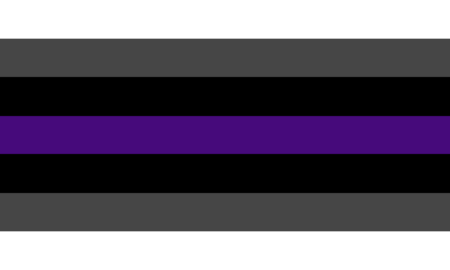
Allogender refers to individuals whose gender identity aligns with a gender that is not their assigned gender at birth but still fits within the traditional gender binary or broader societal concepts of gender. This term is used to describe people who experience a gender identity that exists outside of the cisnormative framework yet aligns with recognized gender constructs. Allogender individuals may identify with a binary or non-binary gender, but their gender identity is distinct from being cisgender. This term helps provide language to discuss diverse gender experiences without assuming a specific identity or label.
Autipupgender
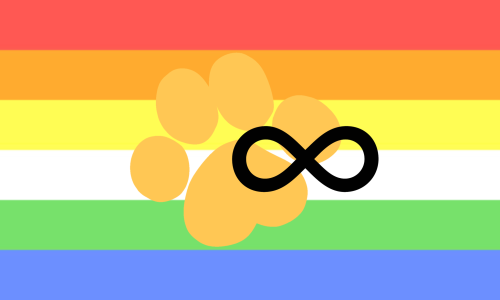
Autipupgender refers to a gender identity that is deeply intertwined with the unique experiences, feelings, and perceptions associated with being autistic. This identity can be influenced by the individual’s sensory experiences, social interactions, or the way they perceive and interact with the world around them. It is a highly personal and nuanced form of self-expression that reflects the intersection of autism and gender. Those who identify with Autipupgender may find that their understanding of gender is shaped by their neurodivergent perspective, making it an integral part of their identity and self-awareness.
Berrypupgender
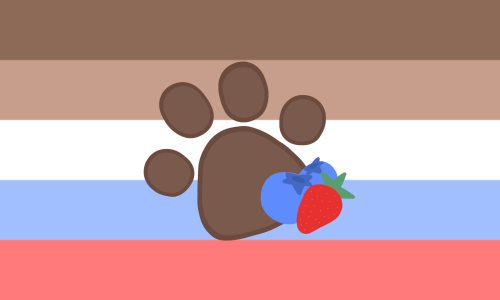
Berrypupgender is a xenogender connected to the soft, playful, and energetic feelings associated with young puppies, combined with the sweet and vibrant essence of berries. It is often described as a gender that feels small, cheerful, and full of life, with a mix of innocence and natural sweetness. This gender may resonate with individuals who feel their identity is deeply tied to the carefree and lively nature of pups, as well as the refreshing and colorful qualities of berries.
This gender can also evoke imagery of running through fields, enjoying the warmth of the sun, or embracing a sense of curiosity and wonder about the world. For some, berrypupgender may symbolize a connection to nature, joy, and a youthful sense of freedom, blending these elements into a unique and personal identity. It is a gender that celebrates positivity, lightheartedness, and a love for the small, delightful moments in life.
Bimbopupgender
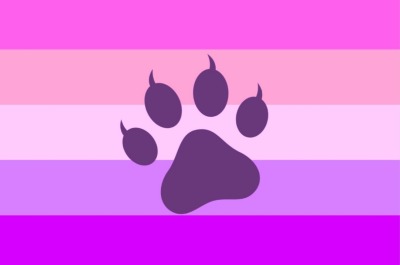
Bimbopupgender refers to a unique and specific gender identity that is characterized by a blend of playful, carefree, and bubbly energy often associated with the aesthetics or vibes of both “bimbo” and “puppy-like” traits. This gender expression often embodies a sense of joy, lightheartedness, and an unapologetically fun nature, merging the stylistic and social elements of both concepts into a personalized identity.
This gender can be fluid, dynamic, and open to interpretation, allowing individuals the freedom to explore and define it in a way that feels most authentic to them. It often resonates with those who feel a connection to hyperfemininity, playful innocence, or a spirited personality, while simultaneously wanting to challenge or embrace societal norms in their own unique way. Bimbopupgender celebrates individuality, self-expression, and the idea of embracing one’s true self without constraints.
Candypupgender
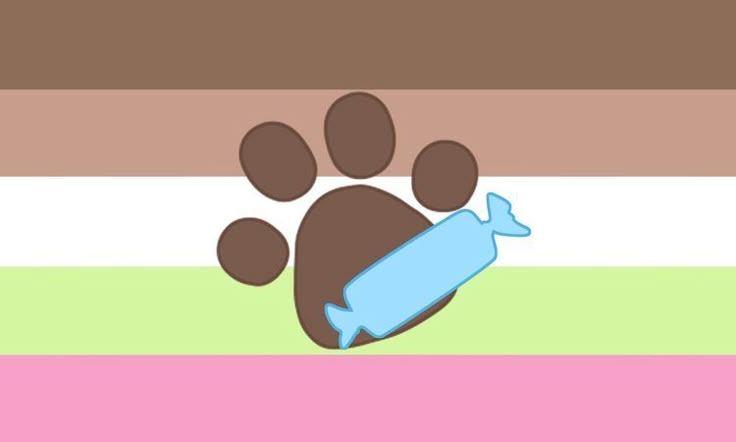
Candypupgender is a unique and creative xenogender that combines elements of sweetness and playful energy, inspired by the essence of candy and the carefree nature of puppies. This gender identity is often associated with feelings of joy, lightheartedness, and a sense of fun, blending a sugary aesthetic with the spirited personality of a young dog. It embraces a whimsical and colorful vibe, often drawing from imagery of vibrant candies and the excitable energy of playful pups.
People who identify with candypupgender may feel a deep connection to these cheerful and lively themes, finding them reflective of their personal gender experience. This gender can be used to describe a sense of self that feels bubbly, bright, and full of exuberance, much like the delightful combination of a sweet treat and a bounding, happy puppy. For some, candypupgender serves as a way to express a gender identity that feels outside traditional norms, leaning into imagination and positivity.
This gender identity is part of the broader umbrella of xenogenders, which focus on conceptual, sensory, or thematic experiences rather than traditional gender frameworks. As with all identities, candypupgender is valid and meaningful to those who resonate with its essence, offering them a special way to articulate their gender in a way that feels authentic and true to their feelings.
Canisgender
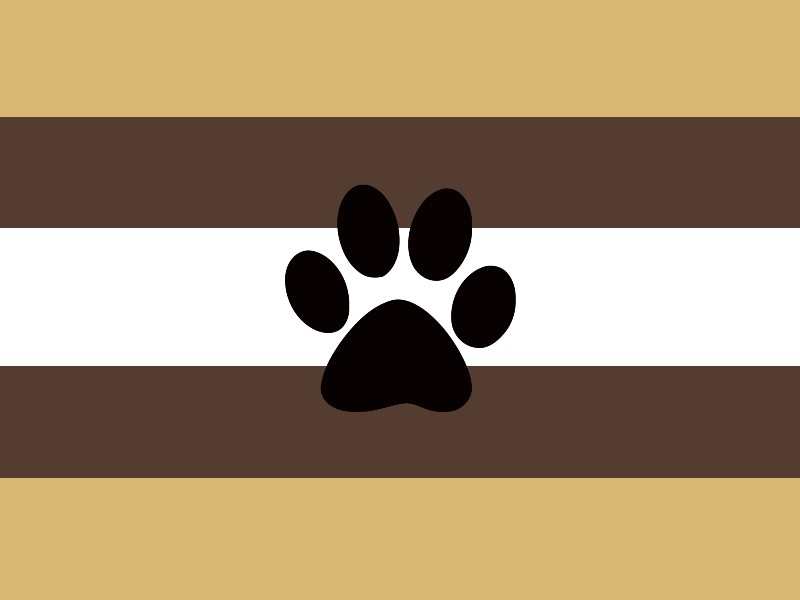
Canisgender refers to a term within the LGBTQIA+ community that describes an individual who feels a deep and intrinsic connection to the traits, characteristics, or essence associated with dogs or canine-like beings. This identity may manifest as a spiritual, metaphysical, or symbolic resonance with canine energy, and it can be an integral part of someone’s gender experience or expression.
For those who identify as canisgender, this connection to canine qualities can influence how they perceive themselves and interact with the world. It might be tied to attributes such as loyalty, playfulness, protectiveness, or other traits commonly associated with dogs. Like all gender identities, canisgender is valid and deserving of respect, reflecting the diverse and multifaceted ways people experience and articulate their own genders.
Catboygender
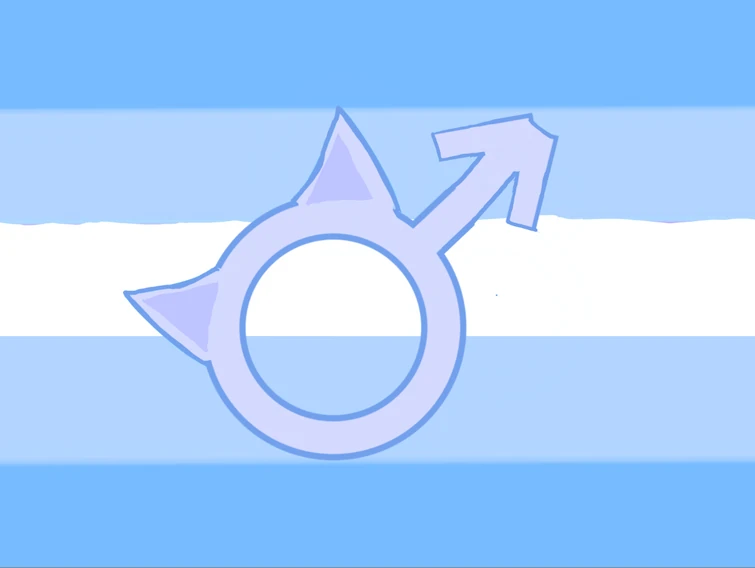
Catboygender is a unique and playful gender identity that blends aspects of being a catboy with gender expression. It often involves embracing a sense of feline charm, mischief, and individuality, combined with a gender experience that resonates with the concept of being a catboy. This identity can be deeply personal, with individuals choosing it as a way to express their connection to both gender fluidity and feline-inspired traits.
For some, catboygender might reflect a mixture of masculinity, femininity, and an otherworldly or nonbinary essence, tied together with the whimsical and fun characteristics often associated with catboys. It’s a way for individuals to explore and celebrate their identity in a creative and affirming way that feels authentic to who they are.
Catgender
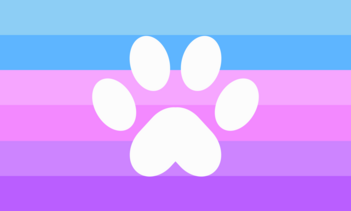
Catgender refers to a unique and specific gender identity that resonates deeply with the characteristics, behaviors, or essence often associated with cats. This identity can manifest in various ways, such as feeling connected to the independence, curiosity, or playfulness commonly attributed to feline creatures. For some individuals, identifying as catgender is a way to express their personal connection to these traits or to embrace a sense of fluidity and individuality in their gender experience.
This gender identity is not necessarily tied to physical characteristics or traditional binary concepts of gender. Instead, it focuses on the personal and emotional aspects of identification, allowing individuals to explore their true selves in a way that feels authentic and meaningful. Embracing catgender can be an empowering journey, offering a creative and unique perspective on identity that celebrates diversity and self-expression.
Catgirlgender
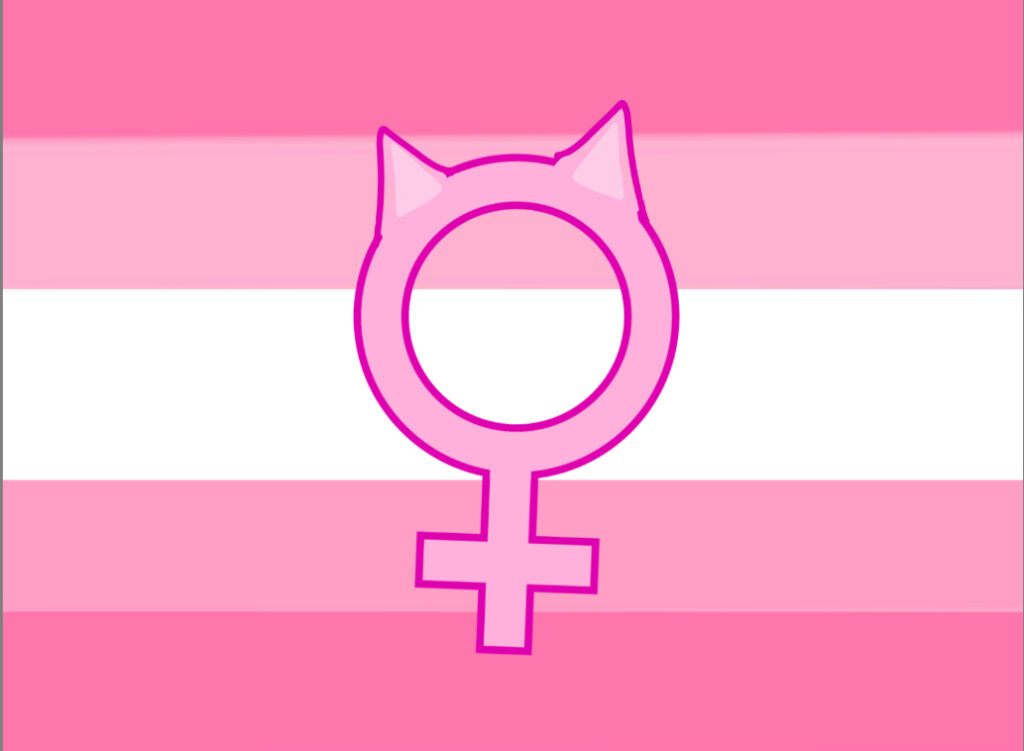
Catgirlgender is a unique and playful identity that resonates with individuals who feel a strong connection to the concept of catgirls, whether through their personality, aesthetic, or the associated cultural imagery. This gender identity is often described as fluid, imaginative, and deeply tied to the charm, traits, and characteristics commonly associated with catgirls, such as agility, independence, and a sense of whimsicality. It offers a creative way for people to express themselves outside the boundaries of traditional gender norms.
People who identify with catgirlgender may find that it aligns with their personal experiences and emotions, embodying qualities that feel intrinsic to their sense of self. This gender can serve as a reflection of one’s affinity for feline-like traits or the playful, fantasy-inspired persona often portrayed in media. For some, it creates a comforting space to explore their identity in a way that feels both fun and meaningful, blending elements of fantasy with individuality in a way that is uniquely their own.
Cherrypupgender
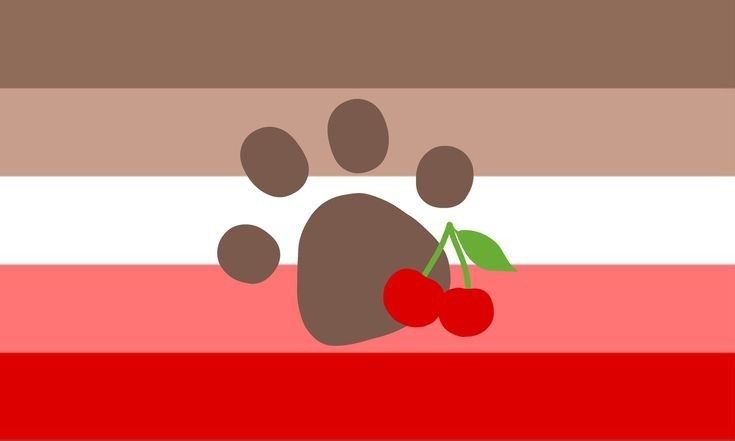
Cherrypupgender is a xenogender that is strongly connected to the imagery and feelings associated with cherries and puppies. This gender may evoke a sense of sweetness, playfulness, and innocence, blending the vibrant and cheerful essence of cherries with the loyal and energetic nature of puppies. It can be experienced as soft, bouncy, and light-hearted, embodying a unique combination of fruity and canine energy. Cherrypupgender is a highly personalized gender identity, allowing individuals to express themselves in ways that feel joyful, warm, and comforting.
Cisgender
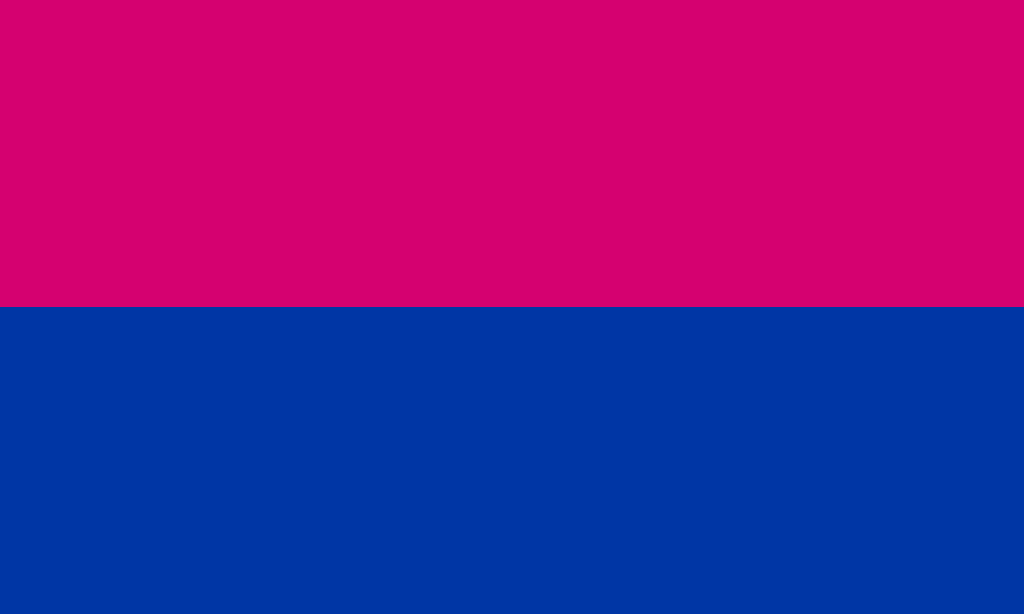
Cisgender refers to individuals whose gender identity aligns with the sex they were assigned at birth. This means that a person who is assigned female at birth and identifies as a woman, or a person assigned male at birth who identifies as a man, is considered cisgender. The term is often used to distinguish between people whose gender identity matches their assigned sex and those whose gender identity differs, such as transgender individuals.
Cisgender is not a description of a person’s sexual orientation or any aspect of their personality, but rather a term that specifically addresses the alignment between assigned sex and gender identity. It plays an important role in conversations about gender diversity by providing a neutral term for those who are not transgender, helping to create inclusive and respectful discussions about gender and identity in society.
Coyotegender
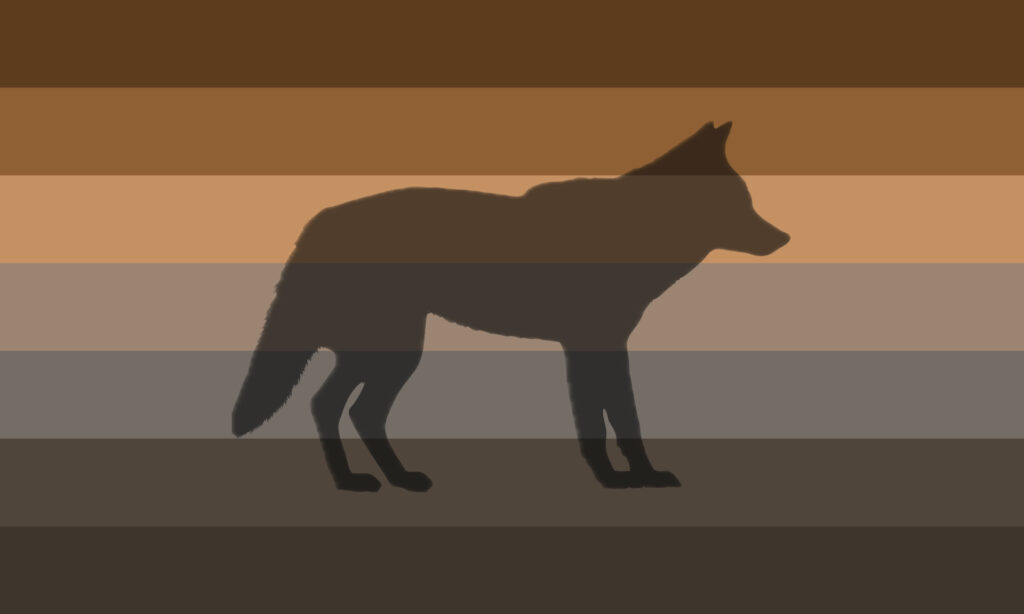
Coyotegender is a unique and fluid gender identity inspired by the characteristics, symbolism, or essence of coyotes. This identity may resonate with individuals who feel a deep connection to the adaptability, mystery, or mischievous nature often associated with these animals. It reflects a sense of individuality, unpredictability, and resilience, allowing people to express their gender in a way that feels instinctive and untamed.
For some, Coyotegender may symbolize a playful or trickster-like aspect of their identity, while for others, it could represent a connection to the natural world or a spiritual embodiment of freedom and survival. This gender identity is highly personal and may vary significantly from person to person, emphasizing the diversity and creativity within the spectrum of gender experiences.
Demiboy
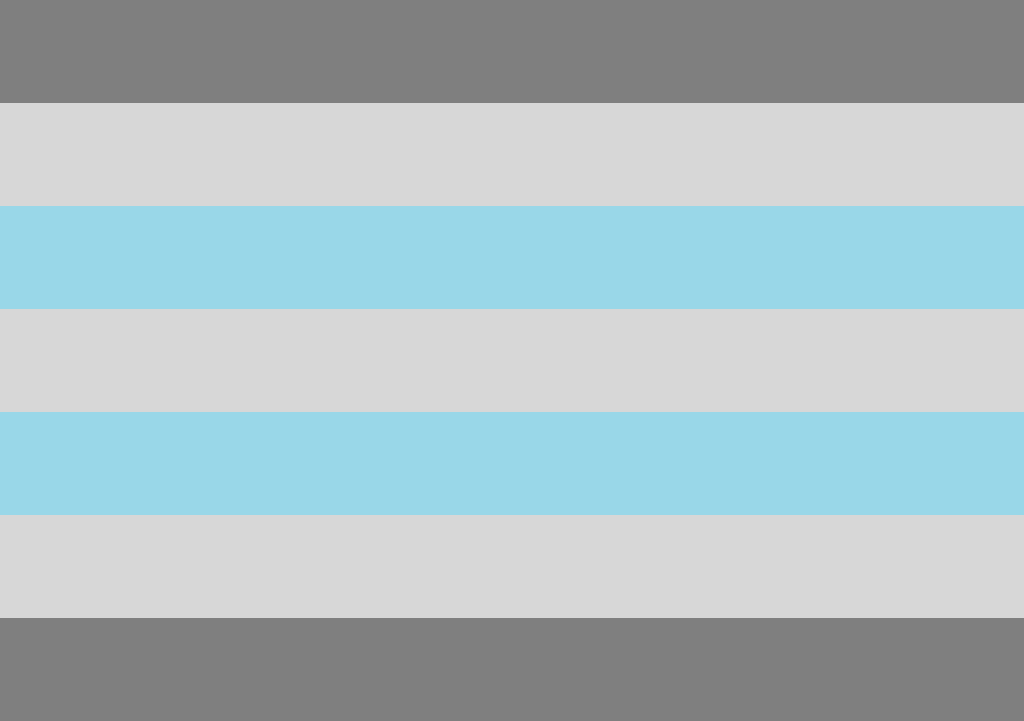
A demiboy is a person who identifies partially as male or masculine but not entirely. This identity exists under the nonbinary umbrella and acknowledges that gender can be fluid, multifaceted, and unique to each individual. For some, being a demiboy may mean feeling a strong connection to masculinity while still embracing aspects of other gender identities. For others, it may involve identifying with maleness to a certain extent without fully aligning with traditional male expectations or roles.
The experience of being a demiboy is deeply personal and can vary widely from person to person. Some demiboys may use masculine pronouns, while others might prefer neutral or varied pronouns to better reflect their identity. Like all gender identities, being a demiboy is valid and deserves respect, understanding, and recognition. It’s essential to listen to and support individuals as they define and express their own gender journeys.
Demigender
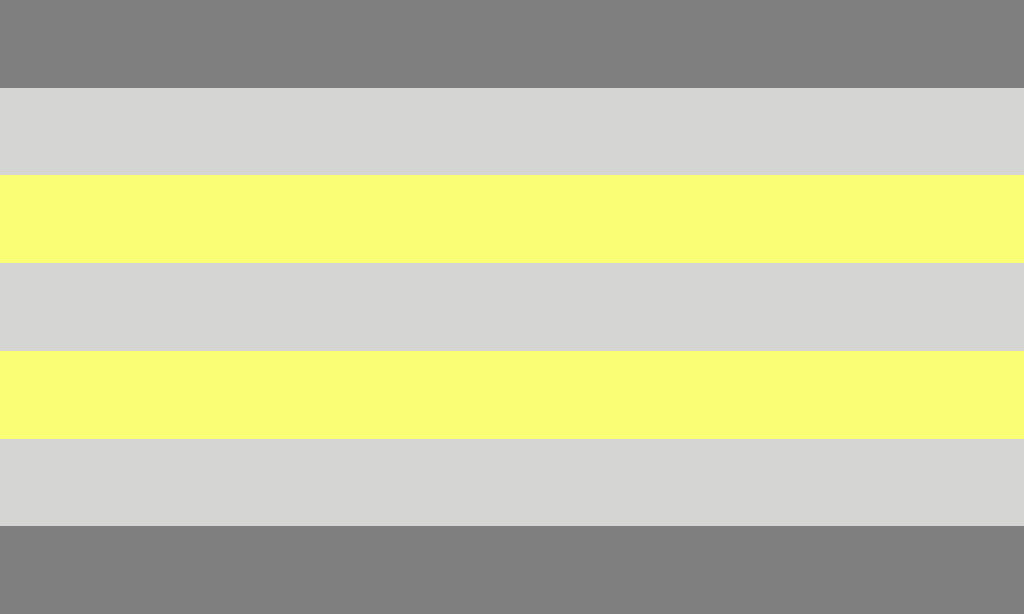
Demigender is a term used to describe a gender identity that is only partially connected to a particular gender. Individuals who identify as demigender may feel a partial connection to a specific gender while simultaneously experiencing a sense of detachment or ambiguity from it. This identity exists on a spectrum and can encompass a wide variety of experiences, reflecting the complex and diverse ways in which people perceive and understand their gender.
For some, being demigender might mean feeling partly male, partly female, or partly another gender entirely, while not fully identifying with any one of these categories. Others may experience their gender as partially aligned with a specific identity but feel that it doesn’t fully define who they are. This fluid and nuanced perspective allows demigender individuals to embrace a sense of self that goes beyond traditional binary definitions, offering them a way to express their unique experience of gender.
Demigender identities are deeply personal and can vary significantly from one person to another. They are an important part of the broader conversation about gender diversity, highlighting the need for greater understanding and acceptance of nonbinary and nontraditional gender experiences. Recognizing and respecting demigender identities is a step toward fostering inclusion and empathy in a world where gender is increasingly understood as a complex and multifaceted aspect of human identity.
Demigirl
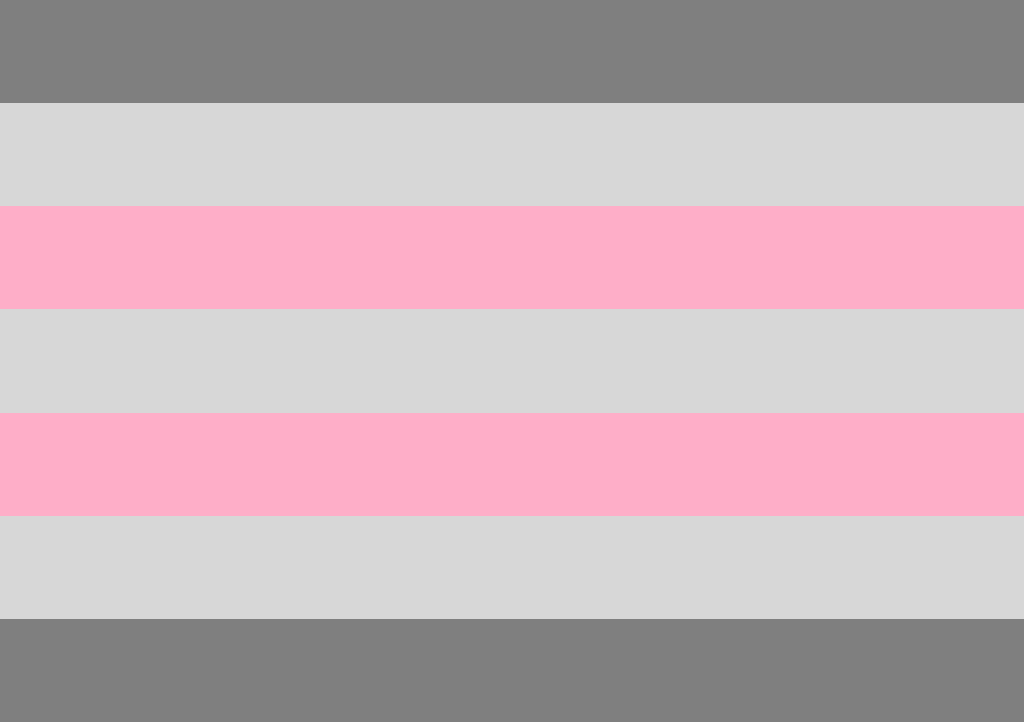
A demigirl is someone who identifies partially, but not entirely, as a girl or woman. This identity may encompass a connection to femininity or womanhood, but it does not fully define the individual’s gender experience. For some, this partial identification might coexist with other aspects of gender that are nonbinary, neutral, or fluid. Demigirls may embrace a range of pronouns, including she/her, they/them, or others, depending on their personal preferences and how they wish their identity to be recognized. This term reflects the diverse and multifaceted nature of gender, offering a way for individuals to describe their unique relationship to femininity in a way that feels accurate and affirming.
The identity of a demigirl provides language and space for those who do not feel entirely aligned with traditional definitions of womanhood. It acknowledges the complexity of gender and validates the experiences of those who may feel partially connected to femininity while also recognizing other aspects of their gender identity. For many, identifying as a demigirl is an empowering way to articulate their sense of self, fostering a deeper understanding of their inner world and giving them a means to connect with others who share similar experiences.
Dogboygender
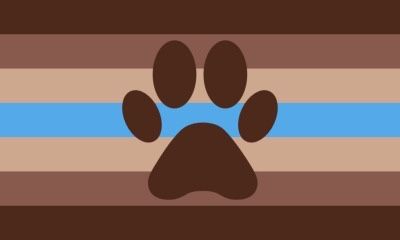
Dogboygender is a unique and specialized gender identity that relates to feeling a deep connection with the traits, behavior, or essence commonly associated with male dogs or dogboy characters. It can involve identifying with qualities like loyalty, playfulness, protectiveness, or a carefree and energetic nature. This gender identity may be linked to personal experiences, an affinity for dogs, or a connection to the cultural or symbolic representation of dogboys in media, art, or imagination. For some, it serves as a way to explore their gender in a way that feels more fluid, primal, or instinctual.
This identity is often personal and individual, allowing those who identify as dogboygender to express themselves in ways that align with their inner sense of self. It might involve adopting mannerisms, aesthetics, or symbolism commonly associated with dogs or dogboys, such as wearing dog-like accessories, embracing playful and active behaviors, or connecting with themes of companionship and trust. Like many other xenogenders, dogboygender offers a creative and expansive way for someone to articulate their identity beyond traditional gender norms.
Doggender
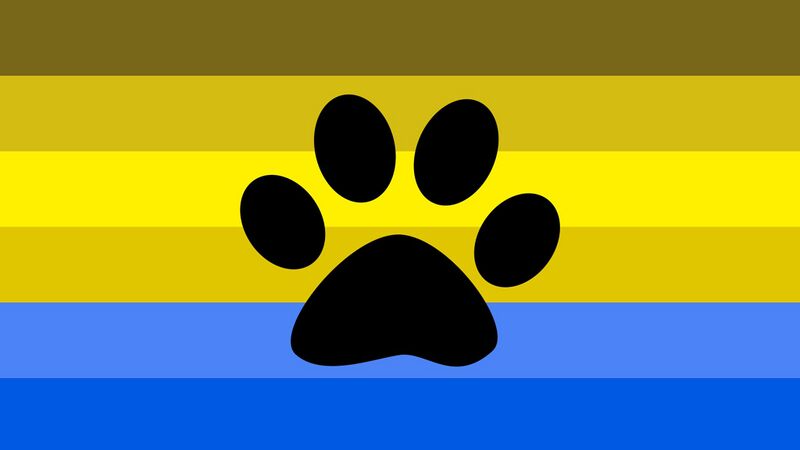
Doggender is a unique and personalized gender identity that is deeply connected to the traits, behaviors, or overall essence often associated with dogs. Individuals who identify as doggender may feel a strong affinity or alignment with the loyalty, playfulness, protectiveness, or companionship that dogs are known for. This identity can be a way for someone to express their sense of self in a manner that resonates with the characteristics or symbolism they associate with dogs. It is a creative and meaningful way for people to explore and articulate their gender experience within the broader spectrum of identities.
Faunagender
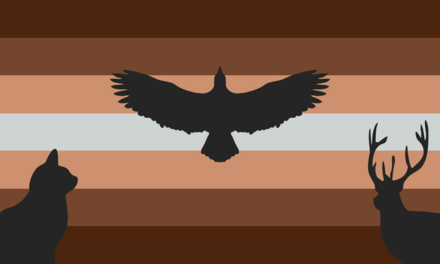
Faunagender refers to a unique and personalized gender identity that is deeply connected to animals or the natural world. Individuals who identify with faunagender may feel that their sense of gender is best described through the qualities, behaviors, or energies associated with certain creatures or wildlife. This connection can be symbolic, emotional, or even spiritual, reflecting a bond with the instincts and rhythms of nature.
For some, faunagender may be tied to specific animals that resonate with their identity, while for others, it could represent a broader connection to fauna as a whole. This identity allows for a fluid and diverse understanding of gender, transcending traditional categories and embracing the richness of the natural world as a means of self-expression. Faunagender is a celebration of individuality and the harmony between gender and nature.
Genderqueer
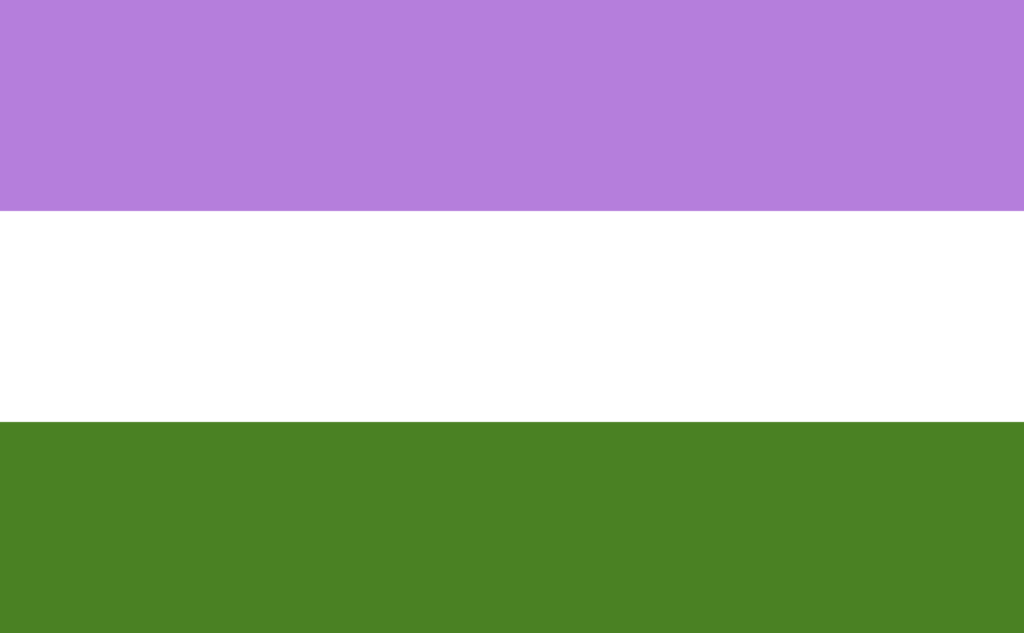
Genderqueer refers to a gender identity that exists outside the traditional categories of male and female. It is an umbrella term often embraced by individuals who reject binary gender norms and instead identify with a more fluid, expansive, or nonconforming sense of self. This identity can encompass a variety of experiences, including feeling both masculine and feminine, neither, or fluctuating between different gender expressions. Those who identify as genderqueer may also use terms like nonbinary, genderfluid, or agender to describe their unique relationship with gender. For many, being genderqueer is a deeply personal and empowering way to express their individuality and challenge societal expectations around gender identity.
Honeypupgender
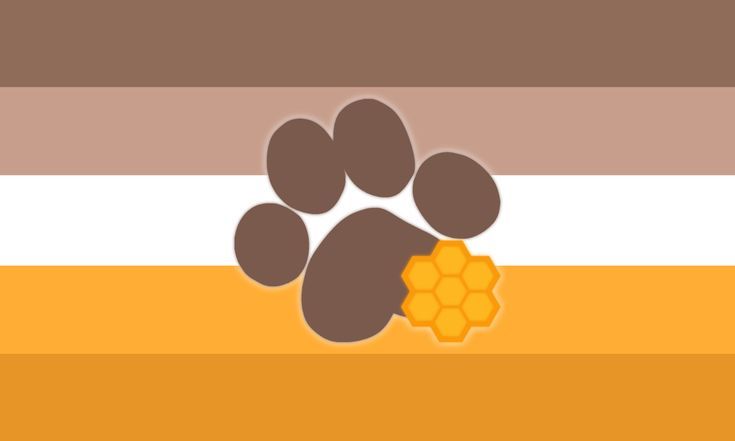
Honeypupgender is a unique and specialized gender identity that is closely associated with feelings of sweetness, warmth, and an affectionate connection to the concept of puppies or young dogs. It often conveys a sense of innocence, playfulness, and a comforting energy, making it a deeply personal and emotionally resonant identity for those who embrace it. This gender identity can be fluid or static, and it may also overlap with other gender experiences, depending on the individual’s own unique perspective and relationship with their identity.
For many, honeypupgender is a way to express a tender and nurturing aspect of themselves, one that draws inspiration from the qualities often attributed to puppies, such as loyalty, joy, and boundless energy. It speaks to a sense of softness and positivity that feels integral to their experience of gender. People who identify with honeypupgender might find joy in connecting to imagery, symbols, or colors that evoke these qualities, making it a deeply affirming and meaningful part of their self-expression.
Kingender
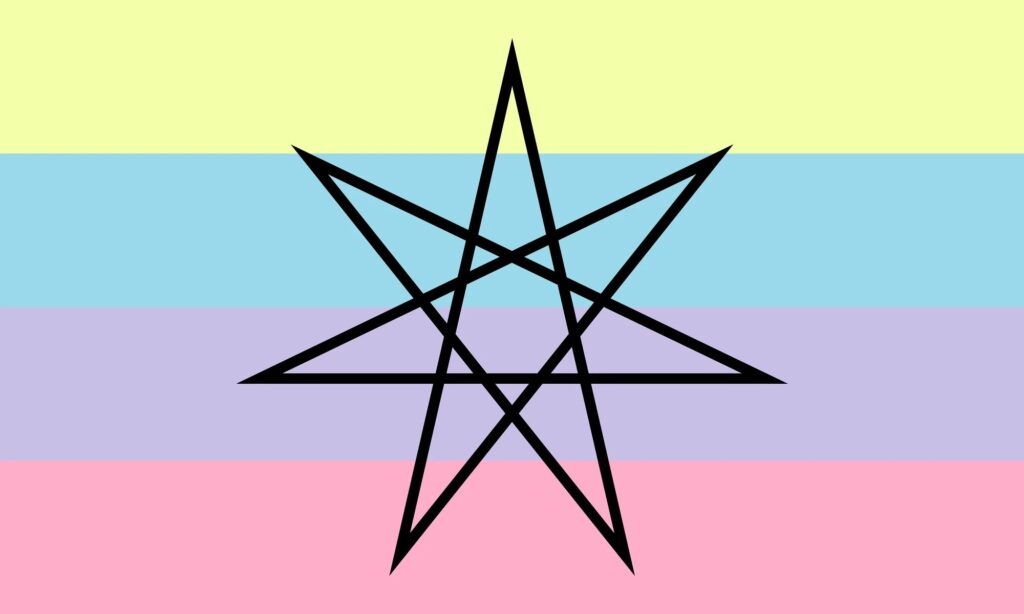
Kingender is a term that encompasses a unique and evolving concept of identity, often used to describe an experience or understanding of gender that is deeply personal and may not conform to traditional societal norms or definitions. It reflects an individual’s journey of self-discovery, where their sense of self can be influenced by various factors, including personal beliefs, emotions, and external perceptions.
This term celebrates the fluid and multifaceted nature of identity, allowing individuals to embrace their authentic selves without the constraints of rigid labels. Kingender highlights the importance of recognizing and respecting the diverse ways people perceive and express their gender, fostering greater inclusivity and understanding within both personal and broader social contexts.
Marshmallowpupgender
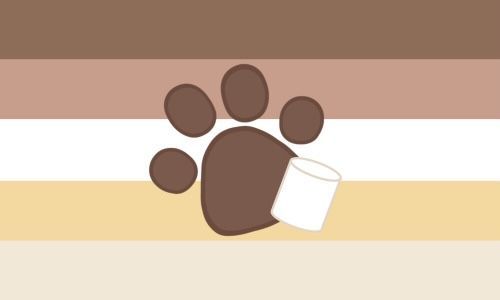
Marshmallowpupgender is a xenogender that is soft, sweet, and comforting, drawing inspiration from the fluffy and cozy nature of marshmallows combined with the playful and loyal essence of a puppy. It is often associated with feelings of warmth, joy, and a sense of safety, embodying a gender identity that is tender and nurturing while also being fun-loving and carefree.
This gender is perfect for those who feel a deep connection to the idea of softness and innocence, as well as a playful and energetic spirit. It’s a way to express a unique blend of gentleness and liveliness, offering a comforting sense of identity that feels both lighthearted and deeply personal. Marshmallowpupgender captures the essence of being both cuddly and spirited, creating a gender experience that feels as warm and delightful as a marshmallow and as joyful as a playful pup.
Non-Binary
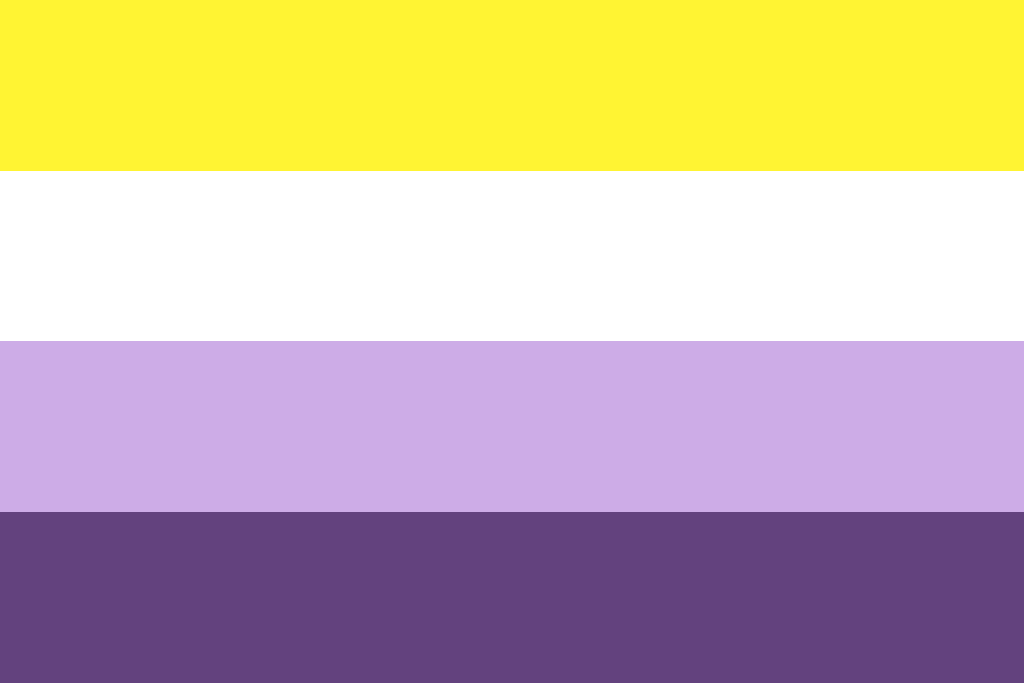
Non-binary is a term used to describe a gender identity that does not fit strictly within the traditional categories of male or female. It serves as an umbrella term for individuals whose gender exists outside the binary framework, encompassing a wide spectrum of experiences and identities. People who identify as non-binary may feel that their gender is a mix of both male and female, neither, or something entirely different.
This identity challenges rigid societal norms and emphasizes the diversity of human experiences. Non-binary individuals may use a variety of pronouns, such as they/them, or pronouns that reflect their unique identity. Some may also choose to express their gender in ways that defy conventional expectations, embracing a style or presentation that feels authentic to them. Recognizing and respecting non-binary identities is an important step toward fostering inclusivity and understanding in our communities
Pangender
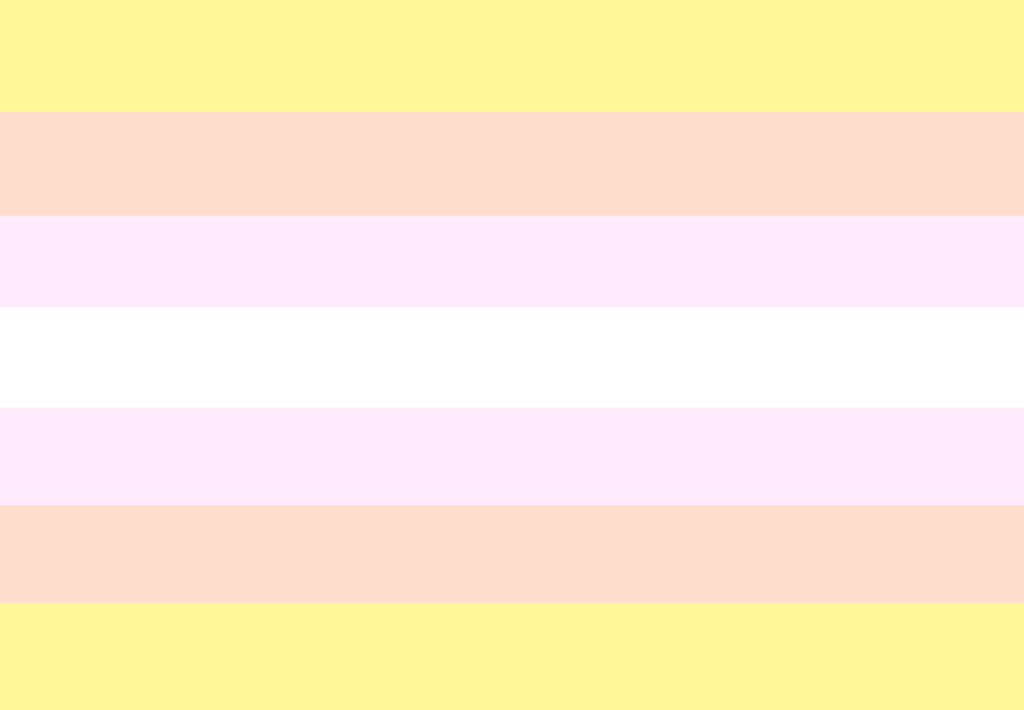
Pangender is a term used to describe a gender identity that encompasses a wide and diverse range of genders. Individuals who identify as pangender often feel a connection to multiple genders or even all genders, transcending the traditional binary understanding of male and female. This inclusive identity reflects the belief that gender is expansive, multifaceted, and not confined to limited categories. Pangender individuals may feel that their identity is fluid, dynamic, and encompasses a spectrum of gender experiences, existing beyond societal norms and expectations.
Pupgender

Pupgender refers to a unique identity that resonates with the characteristics, behaviors, or feelings commonly associated with puppies or puppy-like energy. This gender identity often embodies qualities such as playfulness, loyalty, curiosity, and an innocent sense of joy, drawing parallels to the traits people often attribute to puppies. It’s a way for individuals to connect with their own sense of self in a manner that feels authentic and reflective of their inner nature.
For those who identify as pupgender, the connection to this identity may feel deeply personal and symbolic, representing more than just a label but a celebration of their unique way of experiencing life and gender. This identity exists within the broader spectrum of nonbinary and xenogenders, offering people a way to define themselves outside traditional gender norms. Like all gender identities, pupgender is valid and deserves understanding, respect, and acceptance.
Raspberrypupgender

Raspberrypupgender is a xenogender identity that is closely connected to the aesthetics and essence of raspberries and puppies. It may evoke feelings of sweetness, playfulness, and comfort, blending the soft, fruity characteristics of raspberries with the loyal and energetic nature of puppies. This gender identity is often embraced by individuals who feel a strong connection to these elements and find that they represent their unique experience of gender.
This gender can be highly personal, allowing for flexibility in interpretation while still rooted in its core themes. For some, it might feel vibrant and lively, like a playful puppy chasing through a raspberry field. For others, it may feel soft and nurturing, like the quiet joy of cuddling a puppy while enjoying the taste of fresh raspberries. Raspberrypupgender is a creative and expressive identity that celebrates individuality and the joy of combining seemingly unrelated yet complementary concepts.
Transfeminine
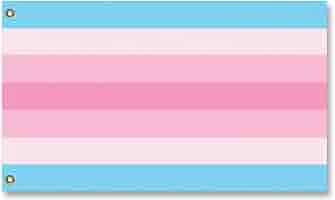
Transfeminine refers to a gender identity or expression that leans toward femininity but is typically associated with individuals who were assigned male at birth. This term is often used by those who feel a strong connection to femininity, whether through their appearance, behaviors, or personal sense of self, yet may not identify strictly as female.
For many, the label transfeminine provides a way to describe their journey and experiences without the constraints of binary definitions. It encompasses a wide spectrum of identities, allowing individuals to embrace femininity in a way that feels authentic to them. Some may transition medically or socially to align more closely with their gender identity, while others may simply express themselves in ways that reflect their feminine nature.
Overall, being transfeminine is a deeply personal experience, shaped by a unique combination of cultural, social, and individual factors. It allows people to explore and affirm their sense of self while challenging traditional notions of gender.
Transgender
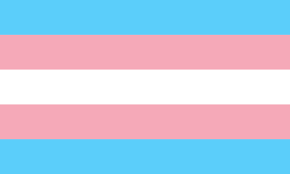
Transgender refers to individuals whose gender identity or expression differs from the sex they were assigned at birth. This term encompasses a broad spectrum of identities and experiences, reflecting the diversity of human gender. For some, transitioning may involve medical procedures such as hormone therapy or surgery, while others may choose to express their identity through clothing, name changes, or other personal decisions.
Being transgender is not a mental illness or disorder; it is a natural variation of human experience. Many transgender individuals face challenges, including discrimination, misunderstanding, and lack of access to supportive healthcare or social services. Despite these obstacles, many trans people thrive and contribute to society in countless ways, advocating for equality and greater understanding.
It’s essential to respect people’s chosen names and pronouns, as these are vital aspects of their identity. Acceptance and allyship can significantly impact the well-being of transgender individuals, creating a more inclusive and supportive environment for everyone.
Transmasculine
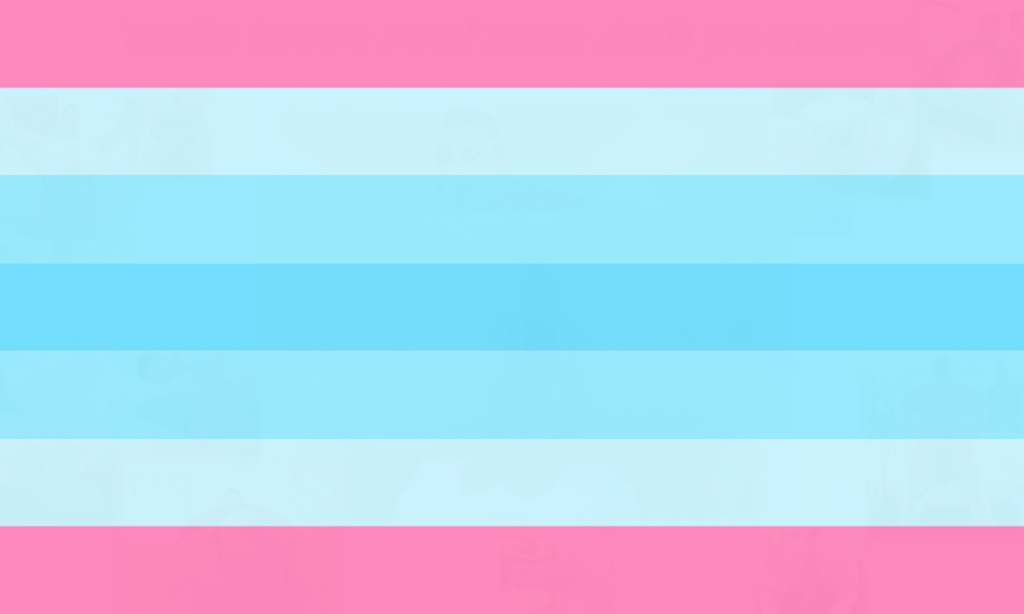
Transmasculine refers to a gender identity used by individuals who were assigned female at birth but identify and/or express themselves with a masculine gender. This term is often embraced by those who feel more aligned with masculinity, either partially or entirely, but may not necessarily identify as male. It serves as an umbrella term, encompassing a variety of identities such as transgender men, nonbinary individuals with masculine traits, or genderqueer people who lean towards a more masculine presentation.
For many, being transmasculine is about exploring and expressing their authentic self in a way that feels most comfortable and true to their experience of gender. This identity allows for fluidity and inclusivity, as it acknowledges the diverse ways masculinity can be embodied and expressed. Some transmasculine people may choose to pursue medical or social transition steps, while others might focus on nontraditional or personal expressions of masculinity.
Watermelonpupgender
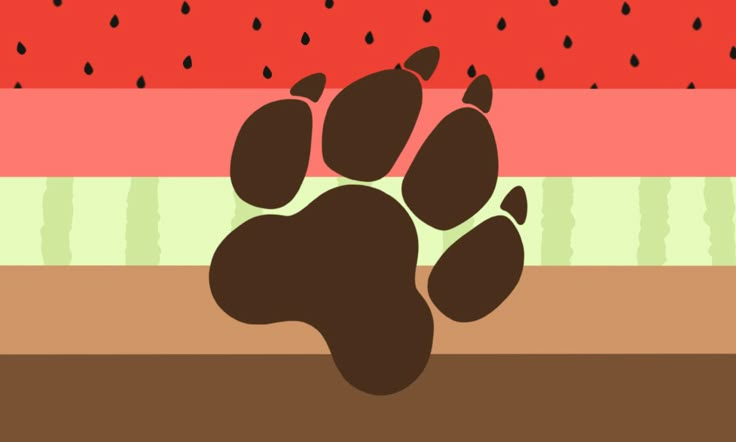
Watermelonpupgender is a xenogender that is deeply connected to the imagery, aesthetics, and feelings associated with both watermelons and puppies. It is often described as a gender that feels playful, sweet, and carefree, much like the joy one might experience while imagining a cute puppy playing in a field surrounded by slices of juicy watermelon. This gender may resonate with individuals who feel their identity is tied to these whimsical, summery, and lighthearted vibes.
For those who embrace watermelonpupgender, their gender experience might feel soft, colorful, and refreshing, much like the sensation of biting into a ripe watermelon on a warm day. At the same time, it can carry an energetic, loyal, and affectionate quality, embodying the lively spirit of a playful puppy. This unique blend creates an identity that is vibrant, cheerful, and deeply personal.
Watermelonpupgender is often embraced by those who find joy in combining elements of nature, animals, and bright, happy aesthetics into their sense of self. It can be a way to express a gender that feels fluid, fun, and free-spirited, while also holding a strong connection to the comforting and uplifting feelings that these symbols evoke.
Xenoboy gender

Xenoboy is a term that is used to describe a gender identity specifically experienced by boys or those who identify with boyhood but feel that their gender is so unique or alien that it cannot be fully understood within traditional gender norms or existing societal constructs. This identity is often tied to feelings of individuality and may resonate with those who perceive their gender as existing outside of conventional frameworks, blending aspects of masculinity with a more personal or otherworldly sense of self.
The term serves as a way for individuals to articulate and validate their experiences of gender when they don’t align neatly with binary or mainstream categorizations. It underscores the idea that gender is a deeply personal and fluid aspect of identity, allowing people to embrace their own unique experiences. For those who identify as xenoboy, their gender expression often reflects an intricate blend of traditional and non-traditional elements, highlighting a sense of being distinct yet authentic to themselves.
Xenogender

Xenogender is a term used within the LGBTQ+ community to describe a non-binary gender identity that is not tied to the traditional concepts of masculinity, femininity, or androgyny. Instead, xenogender identities are often described using experiences, concepts, or ideas that go beyond human understanding of gender. This term allows individuals to articulate their relationship with gender in ways that are deeply personal and unique, often drawing inspiration from abstract concepts, nature, or even sensory experiences.
For some, xenogender provides a framework to express a connection to their identity that feels expansive and unrestricted by societal norms. People who identify as xenogender may use metaphors, imagery, or other creative descriptors to explain their sense of self. This approach to gender acknowledges that traditional language and categories may not fully capture the diversity and complexity of human experiences. It celebrates individuality and the infinite ways people can understand and articulate their identities.
Xenogirl
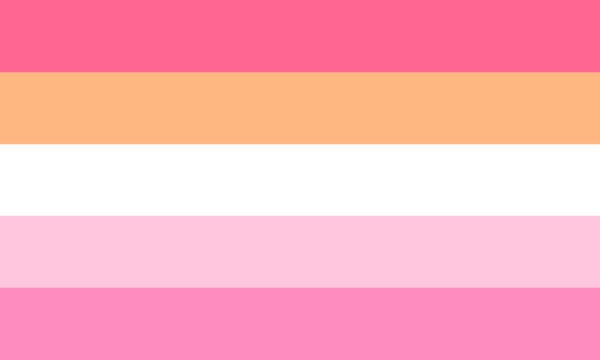
Xenogirl refers to a gender identity that is often associated with concepts or feelings that are alien, unfamiliar, or otherworldly in nature, while still being connected to a feminine experience. This identity embraces the idea of femininity in a way that feels detached from traditional or earthly understandings of gender, allowing for a unique and deeply personal expression of self. It can be a way for individuals to explore and define their femininity through an unconventional, imaginative, or cosmic lens.
For those who resonate with the term, Xenogirl may serve as an empowering label that reflects their individuality and the complexity of their gender journey. It acknowledges the diversity within feminine identities and provides a space for those who feel their experience of femininity cannot be fully captured by conventional definitions or societal norms. This identity emphasizes freedom, creativity, and the exploration of gender beyond boundaries.
Xenoqueer

Xenoqueer refers to an identity within the LGBTQIA+ spectrum that challenges and transcends traditional or normative understandings of gender and sexuality. It embraces the idea of queerness as something expansive, alien, or otherworldly, often rejecting binary categorizations and societal expectations. This term allows individuals to explore and express themselves in ways that feel authentic, unrestricted, and deeply personal, often connecting to concepts of the unfamiliar or the extraordinary. Xenoqueer can be a powerful way to articulate a sense of identity that feels detached from conventional frameworks, offering a space for self-discovery and liberation.
